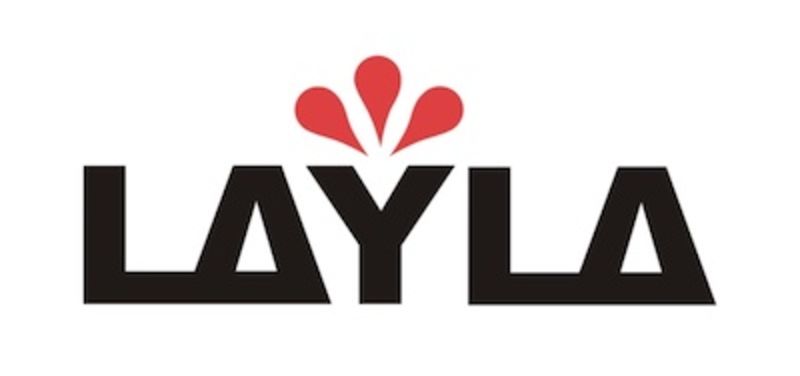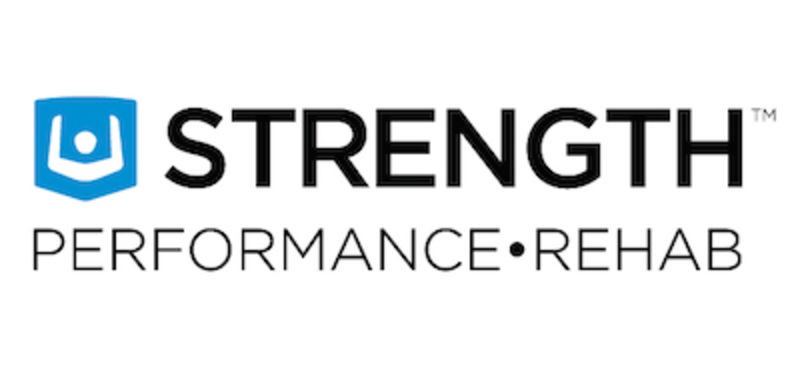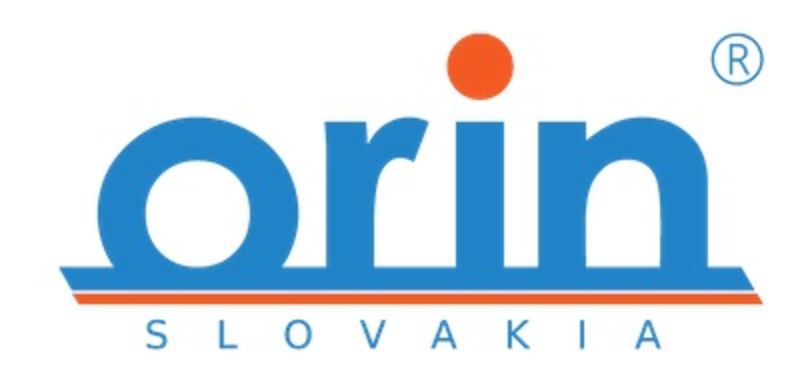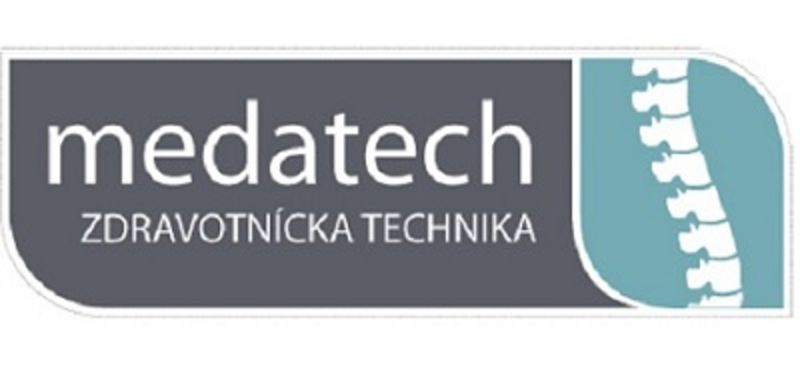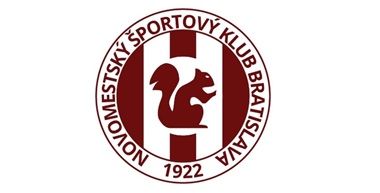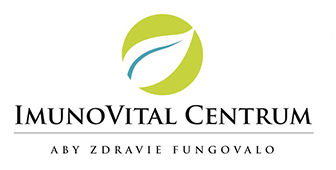The method of dynamic neuromuscular stabilization is based on the developmental kinesiology of the child, which begins with the birth of the baby up to the period of verticalization standing. The child's development dates back to 4 years of life and ends with the improvement of fine motor skills around 6 years of age.
Using dynamic neuromuscular stabilization, we affect the function of the muscles in their postural locomotion function. The classic muscle training is based on the anatomical function of the muscles. This means that we take into account the beginning and insertion of the muscle. According to this principle, most of the gym fitness machines are also composed.
We also work in therapeutic rehabilitation in terms of the development of muscle strength, but the most important view of the muscle is from the perspective of its inclusion in biomechanical chains. Thus, we cannot only look at the muscle in isolation, according to its beginning and end. We must take into account its strength, weakening, and the impact on the overload of individual tissues, which are related to things such as bones and joints, and soft tissues. When we imagine that we practice, the pectoral muscles are always activated the muscles that stabilize their insertions, i. back muscles, diaphragm, abdominal muscles, etc. This feature automatically affects each of us, and most of us are very limited by will, not to mention the deep muscles (postural), which are very important for the stabilizing and firming function.
In a static situation, but also when moving, the individual segments are strengthened by coordinated activity of agonists and antagonists - coactivate akitivity (coactivation synergy). In the event of insufficient stabilization of individual segments, we are talking about postural instability. The individual fixes the incorrect involvement in all movements and exercises performed. As a result, stereotypical overloading, which is an important etiopathogenetic factor in postural disorders.
In order not to overload individual segments, we must ensure the central position of all joint connections, in both static and dynamic loads.
The most common is a disorder of segmental joint stabilization. Causes are:
- Incorrect neuromuscular control
- Insufficient segmental stabilization, caused by insufficiency of individual muscles
- ligament insufficiency
Principles of training techniques
- global patterns (ipsilateral and contralateral pattern of locomotion, joint centers, use of support functions, resistance to planned movement)
- practicing a deep stabilization system, torso stabilization
- use of central biomechanical programs
- setting the strength of postural muscles toward the muscles that make movement
